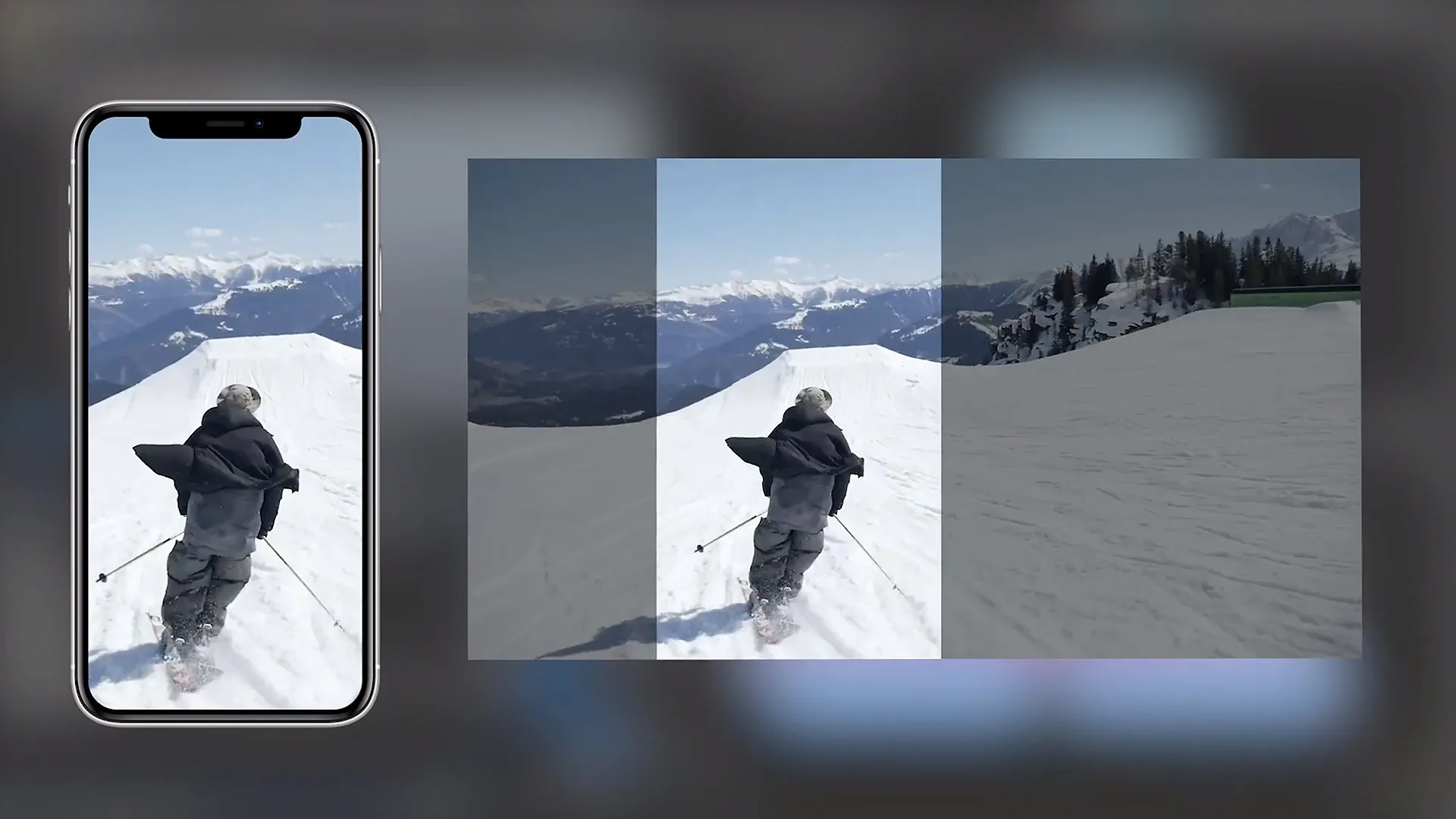Vertical videos: benefits of using the format for social networks and YouTube
Vertical videos are an established trend in content promotion. Thanks to the Stories functionality and similar formats in other social networks, it became famous and then migrated to YouTube.
Audi was the first major brand to use vertical videos for its advertising campaigns. Marketers decided to attract a new target audience through mobile devices and shot a video in a new format to do so. The experts superimposed text on the video to convey the advertising message when playing without sound. Moreover, they adapted the video clip for TV by making it shorter. This approach gave excellent results and made other companies pay attention to the vertical version of the video.
According to surveys, 98% of people view content on a smartphone when it’s upright. Accordingly, most commercials are aired in this format. In addition, videos in vertical format are perceived by most users as native content and are considered less intrusive than the horizontal version. The favor of vertical videos speaks such a feature as banner blindness when users ignore all the information, which resembles advertising. In this case, a simple principle works: broadcast videos in the Instagram feed take up 75% of the mobile device screen, while Stories take up all 100%. This increases the likelihood that the user won’t be able to miss the ads.

Statistics show that people watch 90% of vertical videos and only 14% of horizontal ones. The point is that in the vertical position of the smartphone, horizontal videos look compressed, and the text is uncomfortable to read. The user wants to avoid looking closely and turning off the video.
However, the vertical format is not a 100% guarantee that your promotion will be effective. There are other important points to keep in mind when creating a video. The dynamism of the picture is one of the main characteristics of advertising. It’s important to attract the attention of users from the first seconds. Help here is the speed of frame change. Creating a sense of mystery and intrigue that will make people see the ad through to the end works great.
The optimal length of the video is 6-15 seconds, and to demonstrate the product itself is better in the first 3 seconds. Increase consumers’ confidence in clips shot on a smartphone, as in the case of the presentation of the new iPhone. IKEA found an interesting solution: its employees talk about their latest products and promotions in the video, shooting themselves with a front camera.
The video should definitely contain a call to action so that its meaning is clear without sound. Feel free to experiment to find the proper format to attract a new audience.
